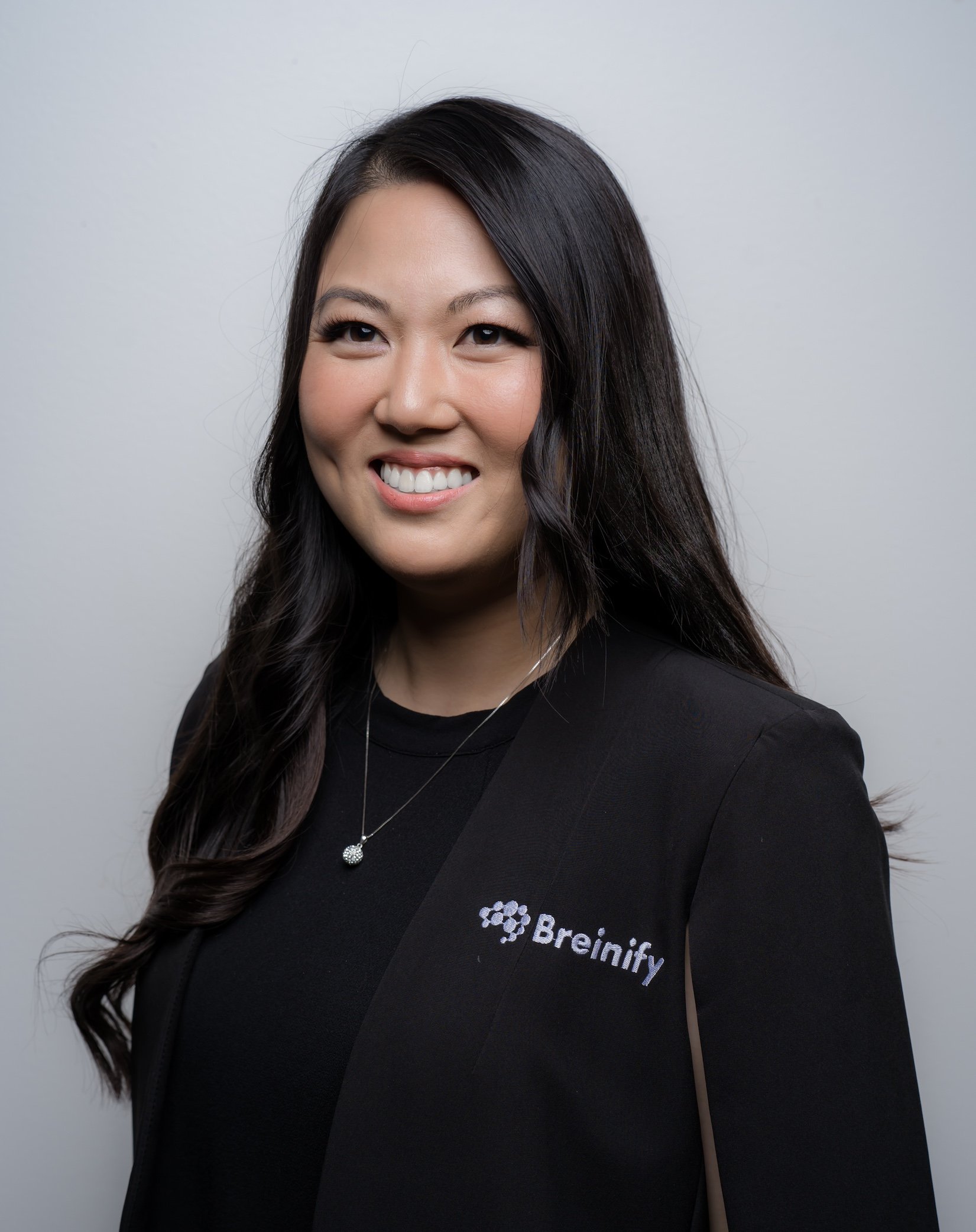How to Segment Customers Without Sacrificing Data Privacy
Article • September 28, 2020 • Written by: Diane Keng

Segmentation when you have millions — or even thousands — of consumers is no easy task. It’s not like marketers can sit in their offices all day reading about each active user, understanding everything about them, and basically becoming that individual’s best friend. That’s why segmentation was born; it’s much more manageable when you split that list of consumers into three buckets (or maybe 20, if you’re a segmentation pro 😁).
But how to actually segment customers comes down to asking the right questions. For those ready to jump ahead, connect with a fellow Breiniac to learn how you can do full segments of one without customer tagging or knowing how to cluster.
The Struggles of Segmenting Customer Data Using the Common Method
Meet Lee. They're in charge of personalization for a consumer goods brand. Lee's tasked with sending three segmented emails with curated recipes based on consumers’ dietary preferences and what they’d like to cook/eat.
With a goal of driving recipe views on the website, how would someone like Lee look for meat lovers? Keto fanatics? Vegans? Can Lee get more specific than that?
Lee decides to start by looking for meat lovers. Pretty soon, the first hurdle occurs. How do you define a meat lover? Would it be based on:
- Whether a consumer’s session includes viewing a recipe with meat?
- Whether someone’s longest visit times on recipe pages include meat?
- Or whether a person had more than three visits to a recipe with meat in the past year?

These questions barely scratch the surface of segmentation. And they don’t account for the fact that people might only be into meat-heavy recipes at this particular moment in time. It’s incredibly challenging to collect and understand granular, 1:1 insights about consumers and to capture their changes in preference — much less to do this at scale.
Think about yourself and how you approach food. You might love quick 15-minute recipes Mondays through Thursdays, but perhaps you spend your Fridays searching for desserts to bake on the weekend. You might search for cold appetizers on a Saturday when the temperatures are rising, but on a Sunday during a long weekend, you look for a red-meat dish that takes longer to prepare.
If understanding these nuances of core customer segmentation sounds impossible to do on your own, you’d be correct. Capturing time-sensitive preferences manually, much less acting on them with the right experiences at the right moments, would take up way too much of your time and energy.
And for some marketers, an even bigger challenge is getting the data and making sense of what’s actually important. Without a technical background and understanding of what data to collect, it can be hard to know whether you’re collecting too much or too little information.
Segmenting consumer data has its downsides — it’s too broad, too generic, and too time-consuming for most marketers to do successfully. And if you go too granular in your segmentation, how do you actually tackle content curation? It can be hard to satisfy the needs of one segment without alienating another.
If you can manage to do segmentation at scale while taking dynamic profiling into consideration, there are numerous benefits: less spam, better conversion rates, higher open and click-through rates, and more impulse engagements.
Core Customer Segmentation With Data Privacy Considerations

Predictive personalization is all about gathering information about your consumers to create smart market segmentation customer profiles and then matching them with relevant experiences. With data privacy laws like GDPR, TCPA, and CCPA (the acronym soup) already in effect and other legislation in the works, customer data protection and privacy are key — and sometimes deterrents — to our predictive solutions.
But how can you become more predictive without sacrificing or jeopardizing the oh-so-important data privacy of your consumers?
- Start with anonymous personalization
- No secret: It’s tough to know how to segment your customers without first knowing who they are. You can learn a ton about them (such as the devices they use and how/when they access your site) without ever knowing their names. Using this information, along with their locations and referral sources, can help you tailor existing content to their needs.
- Work with vendors that understand data privacy legislation
-
Current data privacy legislation (like CCPA) is only the first wave of what will likely be large-scale changes in data transparency. More importantly, 65% of consumers are more likely to be loyal to companies that manage their personal data properly. In short, you should work with vendors that value customer data protection and safety above all.
-
- Be goal-oriented
-
Segmenting using predictive personalization is meant to help you rather than add more work to your already busy day. Consolidating your data, both online and offline, is a great way to ease the burden. Beyond that, invest in technology — like Breinify’s AI platform — that helps you drive results and build on the understanding of your customers over time.
-
Breinify is here to simplify your personalization efforts. Our end-to-end AI platform streamlines processes like segmenting, curating, data crunching, and analysis, giving you the time to focus on more critical tasks.
Key Takeaway
A deep, intelligent understanding of your consumers is not out of reach. Remember that context is key, so your core customer segmentation should not be stagnant. Although AI can be helpful, you should tackle this with a goal-oriented mindset to avoid getting stuck in data privacy ruts.
To learn more about how Breinify can help streamline your segmentation, request a demo.

